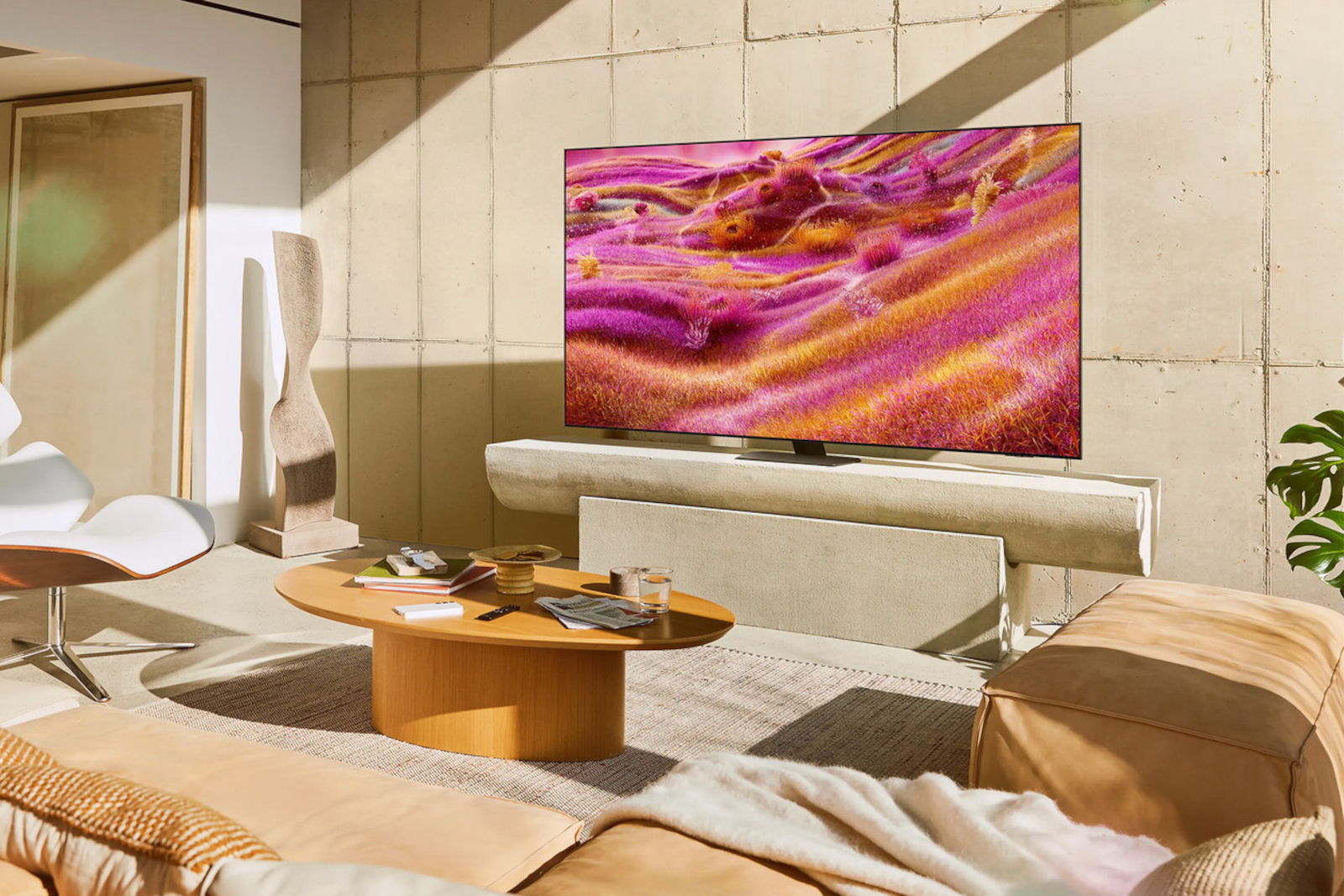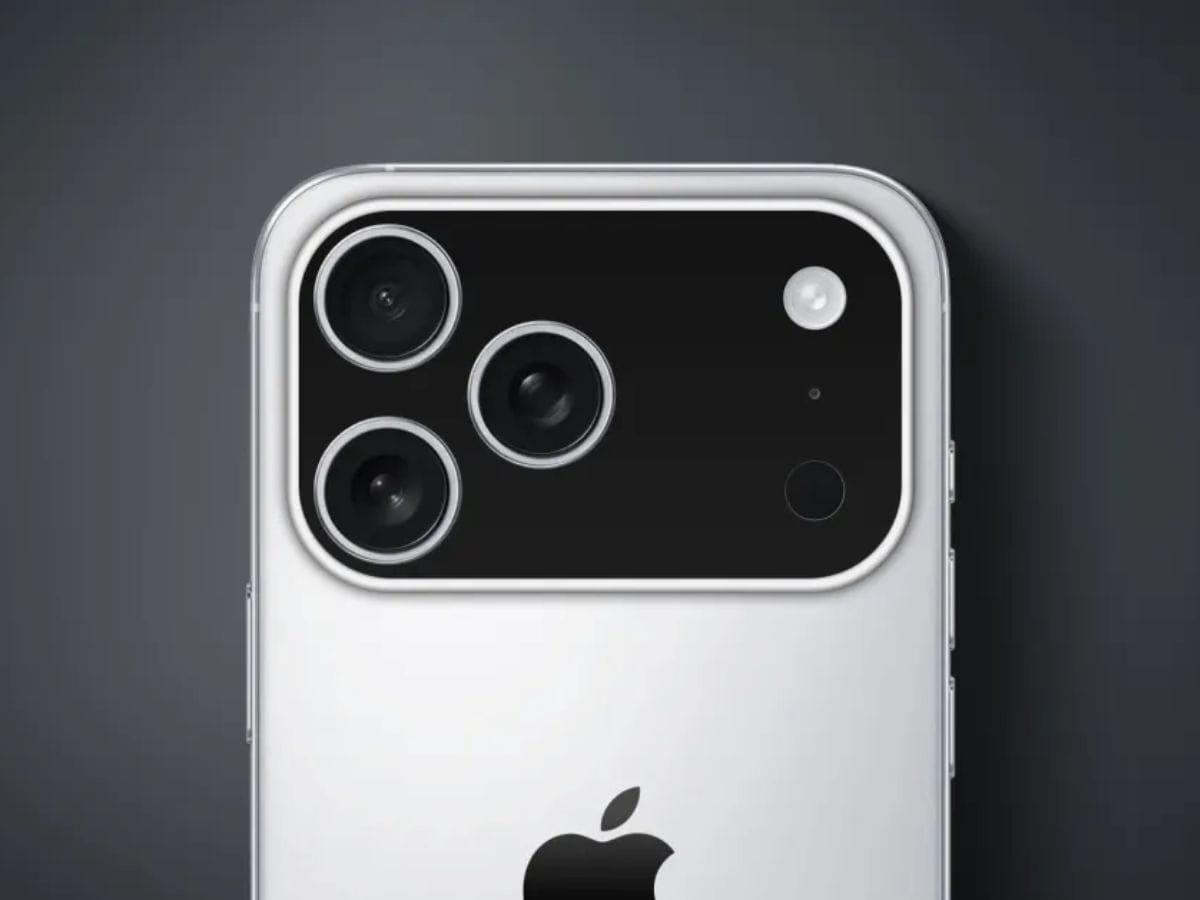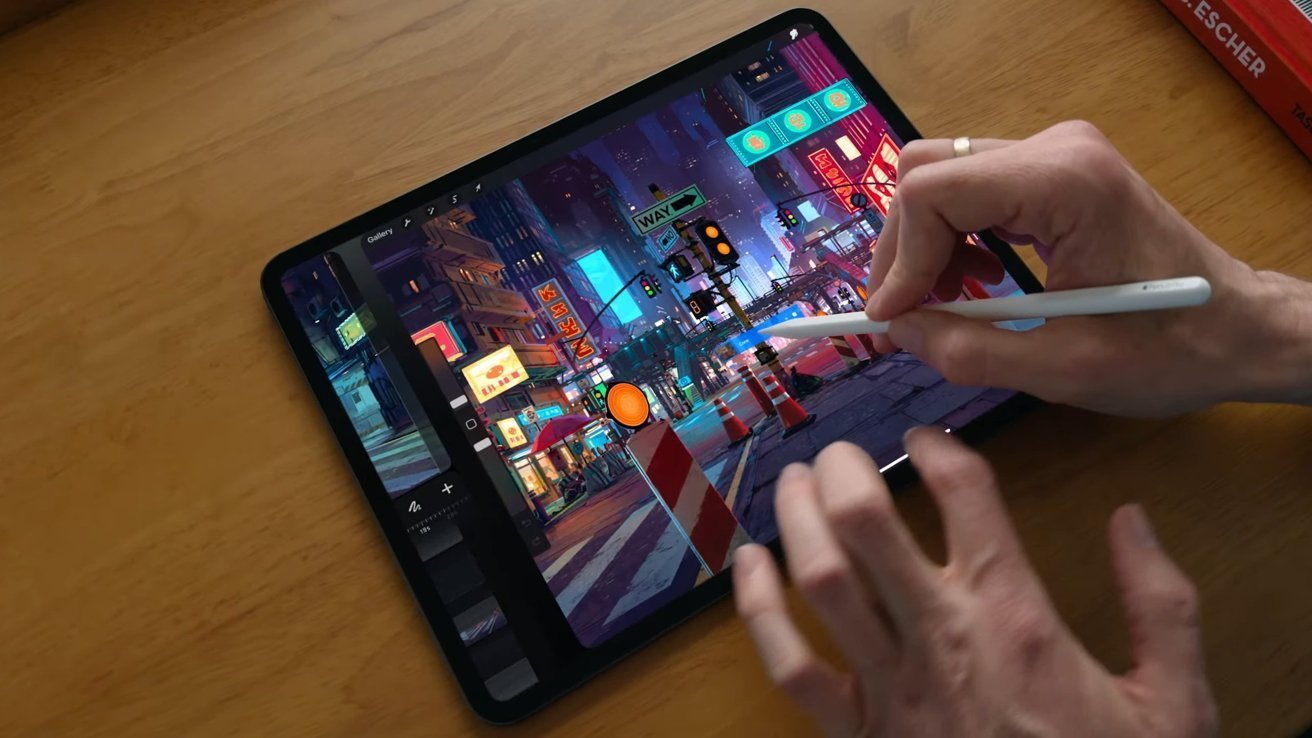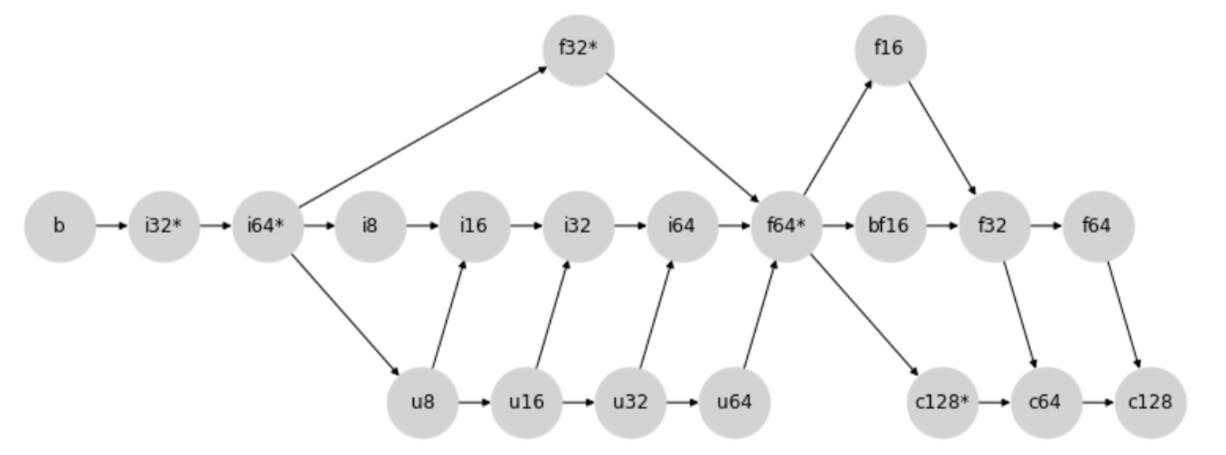Table of Links
Abstract and 1 Introduction
1.1. Spatial Digital Twins (SDTs)
1.2. Applications
1.3. Different Components of SDTs
1.4. Scope of This Work and Contributions
2. Related Work and 2.1. Digital Twins and Variants
2.2. Spatial Digital Twin Case Studies
3. Building Blocks of Spatial Digital Twins and 3.1. Data Acquisition and Processing
3.2. Data Modeling, Storage and Management
3.3. Big Data Analytics System
3.4. Maps and GIS Based Middleware
3.5. Key Functional Components
4. Other Relevant Modern Technologies and 4.1. AI & ML
4.2. Blockchain
4.3. Cloud Computing
5. Challenges and Future Work, and 5.1. Multi-modal and Multi-resolution Data Acquisition
5.2. NLP for Spatial Queries and 5.3. Benchmarking the Databases and Big Data Platform for SDT
5.4. Automated Spatial Insights and 5.5. Multi-modal Analysis
5.6. Building Simulation Environment
5.7. Visualizing Complex and Diverse Interactions
5.8. Mitigating the Security and Privacy Concerns
6. Conclusion and References
The concept of digital twin emerged in the early 2000s [1] and has since evolved to include various forms such as spatial digital twin [2], mobility digital twin [16, 17], urban digital twin, human digital twin, and others. In Section 2.1, we discuss different variants of digital twins and in In Section 2.2, we discuss several case studies for SDTs.
2.1. Digital Twins and Variants
In [18], the generalized characteristics of a digital twin are identified in terms of three primary components: a physical reality, a virtual representation, and interconnections that exchange information between the physical reality and virtual representation. A recent report [2] focuses on the importance of integrating spatial data with digital twin, and describes a spatial digital twin as a holistic dimensional and location-based representation of assets, infrastructure and systems. Mobility digital twin and and smart city digital twin are examples of spatial digital twin. Other types of digital twin include industry digital twin, health digital twin and others.
Mobility digital twins. In [16], the authors developed a holistic framework for mobility digital twins that manage mobility entities like human, vehicle and traffic. In [17], the authors proposed a fine grained human mobility prediction system for mobility digital twins. Mobility digital twins are one example of spatial digital twins as one of their main aims is to visualize and predict the movement locations of mobility entities in the virtual space.
Smart city digital twins. Digital twin has been widely explored in the context of smart cities. Smart city digital twin is also known as urban digital twin. Key challenges for implementing digital twin for smart cities come from the complexity of systems and variant end user types [19]. [9] shows that city planners, policy stakeholders, and other decision-makers can be highly benefited from digital twin for smart cities, which is simply formed by integrating real-time data with an existing multi-agent framework. [20] presents the detailed literature study on the integration of BIM and GIS data in the context of city digital twin. They also provide theoretical analysis and design the framework, and highlight future research directions in GIS and BIM integration field. [21] highlights the potentials of machine learning techniques for 3D point cloud processing for building geospatial digital twins. [22] presents a review of existing works on city digital twins and also identifies the current and prospective potentials and challenges of digital twin cities.
Industry digital twins. Digital twins have been considered for manufacturing automation in industries before they are applied for smart cities. Researchers have focused on adopting digital twin technologies from various dimensions for engineering product family design and optimization [23] and production optimization [24]. A recent study [25] identifies and assesses the importance of key features (i.e., the digital modeling feature, the analytics support feature, the timeliness update feature, and the control feature) of digital twin for the success of its implementation manufacturing.
Health digital twin. A human digital twin [26], also known as health digital twin virtually models the life cycle of a human with an aim of smart health management. In [27], the authors proposed to use augmented reality assisted digital twin to model human digital twin. Health digital twins have improved personalized health care [28] due to the availability large scale data for the disease risk and progression prediction process.
Others. The concept of digital twin has been also implemented for indoor space [29] to capture gaze behavior of a class. In [30], the authors studied the integration of digital twin technologies in four levels of energy sector applications (i.e.,low carbon city, smart grid, electrified transportation and advanced energy storage system), identified their challenges and discussed possible solutions.
Authors:
(1) Mohammed Eunus Ali, Department of Computer Science and Engineering, Bangladesh University of Engineering and Technology, ECE Building, Dhaka, 1000, Bangladesh;
(2) Muhammad Aamir Cheema, Faculty of Information Technology, Monash University, 20 Exhibition Walk, Clayton, 3164, VIC, Australia;
(3) Tanzima Hashem, Department of Computer Science and Engineering, Bangladesh University of Engineering and Technology, ECE Building, Dhaka, 1000, Bangladesh;
(4) Anwaar Ulhaq, School of Computing, Charles Sturt University, Port Macquarie, 2444, NSW, Australia;
(5) Muhammad Ali Babar, School of Computer and Mathematical Sciences, The University of Adelaide, Adelaide, 5005, SA, Australia.












